Spiritual Weekend in California
Venue: Institute of Transpersonal Psychology, 1069 East Meadow Circle, Palo Alto, CA 94303 – at the ‘Samadhi Classroom” Website: www.itp.edu
Dates: 28-29 May, 2011, Time: 10.00am – 5.00pm
Organiser SueAnn McKean, Jaimini Scholar sueann
Send an email to SueAnn and book your seat sueann@guna.us
Donation: $108 (for both days) Recommended
Topics
28 May AM: Vimshamsha D20 chart, the calculations and philosophy + Vimshamsha shakti
28 May PM: Bhavas in D20 chart with Concepts of Devata: Kula, Gotra, Stana, Dharma, Ishta
29 May AM: Lagna (Rashi) in D20 chart, Karaka Lagna, Bhratri Karaka
29 May PM: Holy Charts of –
(1
Atmakaraka II: Bhagavat Gita
Continued from Ātmakāraka I
Bhagavat Gītā: A few years ago when we were asked about the standard books for studying Jyotisa, the Bhagavat Gītā, Bṛhat Parāśara horā śāstra and Maharṣi Jaimini’s upadeśa sutra were recommended as the foundation.
Atmakaraka & Karakamsa
Kārakāṁśa is composed of two words – (1) ‘kāraka’ referring to the ātmakāraka specifically and other Charakāraka (temporal significators) as well and (2) ‘aṁśa’ referring to the navāṁśa and other divisional charts.
Brahma Vidyā: Yuga Sub-Cycles
Brahma has four heads from which He spoke the four vedas – the Rig Veda, Yaju Veda, Sama Veda and Atharva Veda. When the three guna (Satva, Rajas and Tamas) manifest, they do so in a combination such that either one of the three predominates or they are in a confused proportion where neither predominates.
Sama Saptaka Concept
“Sama-Saptaka” means mutual seventh and refers to the placement of two ‘otherwise friendly planets’ in mutual one-seventh houses from each other. The placement of two diremalefics in such places is not considered ’sama-saptaka’.




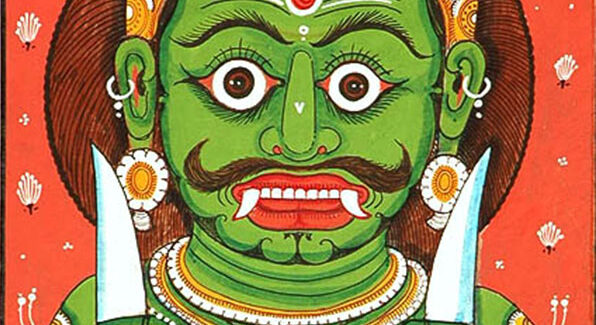
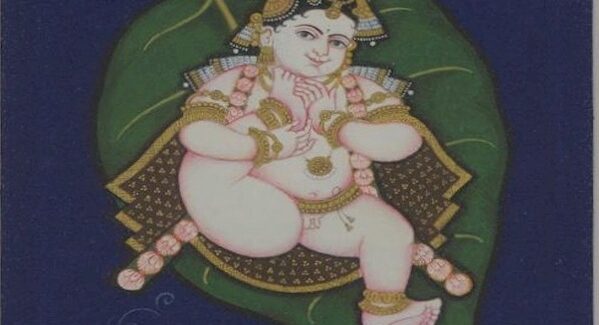
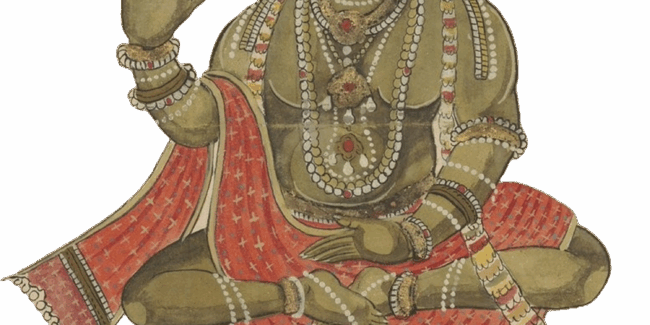

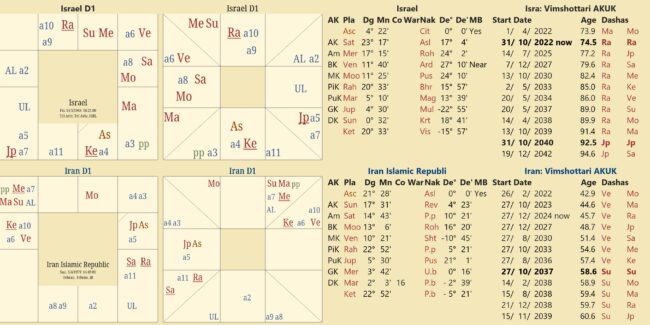
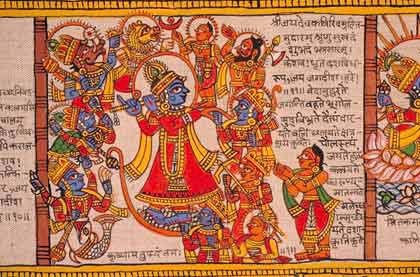

 DBC offers online courses in jyotish (Vedic Astrology) taught directly by Sanjay Rath as per the tradition, through narrated power points and other audio tools. The courses are at different levels, from the beginners through the intermediate to the advanced and are known as SoHamsa | DBC courses, with individual classrooms and assistant teachers
DBC offers online courses in jyotish (Vedic Astrology) taught directly by Sanjay Rath as per the tradition, through narrated power points and other audio tools. The courses are at different levels, from the beginners through the intermediate to the advanced and are known as SoHamsa | DBC courses, with individual classrooms and assistant teachers
 Sagittarius Publications is the publisher and distributor the popular quaterly magazine the Jyotish Digest, as well as many thorough books on the subject of Vedic Astrology or Jyotish.
Sagittarius Publications is the publisher and distributor the popular quaterly magazine the Jyotish Digest, as well as many thorough books on the subject of Vedic Astrology or Jyotish. We have an excellent pandit Divākar ‘Deva’ Mishra, who is from the priests of Vindhyāvāsini Siddha Pīṭha to guide you through the hundreds of temples of Kāśi [Varanasi] and neighbouring regions. He can organise your pūjā, keep you safe and take care. He is supported by an English-speaking well-travelled spouse ‘Supriya Mishra’. Please contact them directly for any services, remedial pūjā and tours. They handled the 60+ member Kāśi Jyotiṣa Group 2022.
We have an excellent pandit Divākar ‘Deva’ Mishra, who is from the priests of Vindhyāvāsini Siddha Pīṭha to guide you through the hundreds of temples of Kāśi [Varanasi] and neighbouring regions. He can organise your pūjā, keep you safe and take care. He is supported by an English-speaking well-travelled spouse ‘Supriya Mishra’. Please contact them directly for any services, remedial pūjā and tours. They handled the 60+ member Kāśi Jyotiṣa Group 2022.